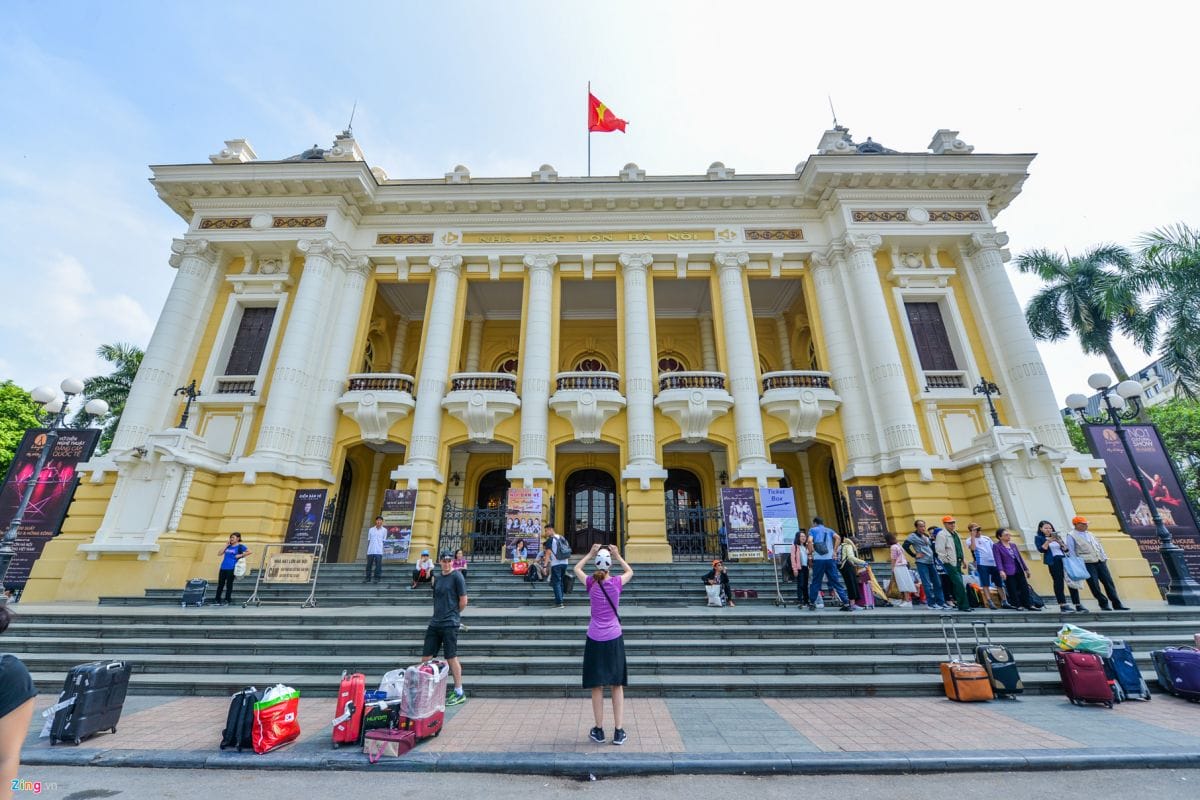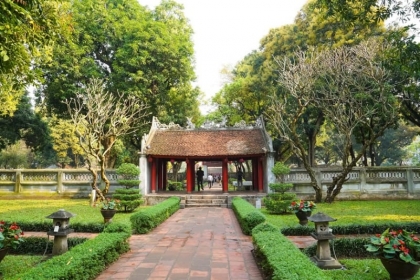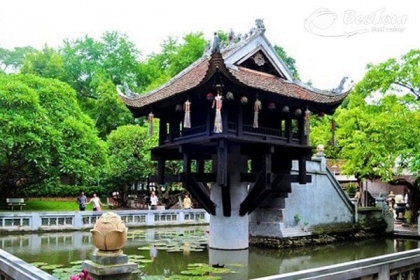Hanoi Grand Theater
The Hanoi Grand Theater (Vietnamese: Nhà hát Lớn Hà Nội) is a large theater building built in the early 20th century in Hanoi, Vietnam. Its appearance is modeled after the Paris Opera House.
.jpg)
Considered a typical architectural monument of the French colonial period, it is also one of the three opera houses built by the French during the colonial period, the other two being the Haiphong Opera House and the Ho Chi Minh City Grand Theatre.
From 1995 to 1997, the Hanoi Grand Theater was restored to its original appearance after restoration. Today, the Opera House is one of the most important performance venues in Hanoi and is regarded by local Vietnamese art creators as a palace of classical art.

Construction of the Hanoi Grand Theater started on June 7, 1901 and was completed in 1911. Its original intention was to stage Western dramas and serve French colonial authorities. The upper class in Vietnam can also attend, but they must wear formal attire and purchase expensive tickets. Later, the Grand Theater also held charity performances such as relieving disaster victims and building poor houses. After 1940, domestic theater troupes could also rent the venue for performances.
In 1945, a massive mass rally was held in the Grand Theater Square, firing the first shot of the Vietnamese August Revolution. Subsequently, major social and political events such as the first session of Vietnam’s National Assembly were also held here.




















